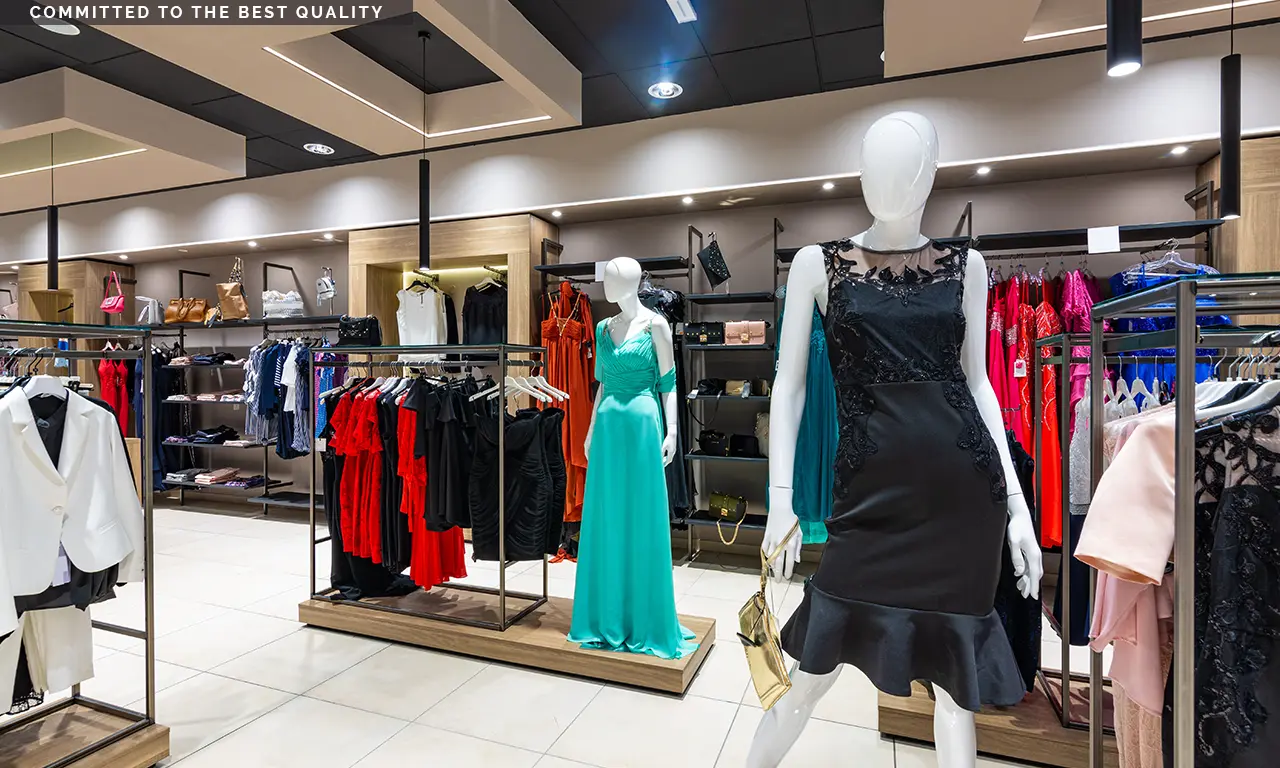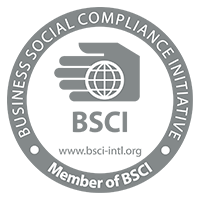
H&M, Zara, Primark, Gap, Target; you name it, big and small apparel brands from all over the world has their work done from this country of green and red, Bangladesh has them all as RMG (Ready Made Garments) clients. The booming Ready-Made Garments RMG sector of Bangladesh has accounted for over 80% of the country’s total exports during July-September 2022 which amounts to around $10.47 billion USD. Being one of the top exporters of RMG in the world, the apparel industry has been making crucial contributions in boosting the nation’s economy and creating increasing number of jobs for it’s residents.

There are around 4 million people contributing their labor to the RMG sector in approximately 5000 garment factories scattered around the nation, of which more than 58% of the workforce are women, empowering women nationwide. The people of this gigantic workforce driving this industry mainly come from lower income families and so during the pandemic when the whole world came to a stop, these are the people who suffered the most as factories were closed for an indefinite time and wages delayed for a disrupted export cycle. As of march 2022, the average wage of a garment worker (men & women combined) is about BDT 12,000 (approx. $115). Factory owners are bound by law and other compliances to ensure proper work environment and safety for their workforce and are regularly monitored by local government bodies and other regulatory agencies. The country boasts having 9 out of the world’s top 10 green garment factories inside its borders with 176 LEED green garment factories certified by the US Green Building Council (USGBC). Bangladesh being a highly populated country it rarely faces workforce shortages and this plays a vital role in pushing the industry further into the future, by maintain delivery deadlines and keeping the foreign clientele satisfied.

Although Bangladesh has quite a lot of big and small spinning mills (including big names in the domestic market) all around the nation, a good chunk of yarns used in the sector are still imported from abroad. Spinning mills do have to source the main material in yarn making “the cotton” from outside of the country and also most of the raw materials used in this sector as like dyeing and printing chemicals, raw materials of packaging are also imported. There is an emerging market of Bangladeshi built garment machineries and also one of second-hand and old machineries but they are inadequate to meet the demands and requirements of the industry and sometimes also for restrictions of different compliances. The raw material imports in the financial year 2022 stands at a staggering $19.43 billion USD. So, most of the light and heavy machineries used in the RMG sector are imported from different parts of the world. All in all, the Bangladeshi garment industry is heavily depended on imports for its raw materials and machineries.
Advantages of the apparel industry in Bangladesh:
- Cost-Effective Labor: Bangladesh has a large labor force, and the wages in the apparel industry are comparatively lower than in many other countries. This cost advantage attracts international brands and retailers.
- Duty-Free Market Access: Bangladesh enjoys duty-free or preferential market access to various countries, such as the European Union, Canada, and Japan. This facilitates exports and enhances competitiveness.
- Industry Infrastructure: Over the years, Bangladesh has developed a robust infrastructure to support the apparel industry, including industrial parks, specialized zones, and modern manufacturing facilities.
- Skilled Workforce: The apparel industry in Bangladesh benefits from a large pool of skilled and semi-skilled workers who are experienced in garment production.
- Ethical Compliance: The apparel industry in Bangladesh has made significant progress in improving compliance with international labor standards, such as workplace safety and worker rights, leading to enhanced ethical practices.
- Sustainable Initiatives: There is a growing focus on sustainability within the industry, with many manufacturers adopting eco-friendly practices and certifications, such as LEED and GOTS, to cater to the demands of environmentally conscious consumers.
- Employment Generation: The apparel industry in Bangladesh provides employment opportunities to millions of people, particularly women, contributing to poverty reduction and socio-economic development.
- Foreign Direct Investment (FDI): Bangladesh has attracted significant foreign investment in the apparel industry, with international brands and retailers setting up manufacturing facilities or partnering with local manufacturers.
- Economic Diversification: The apparel industry has played a crucial role in diversifying Bangladesh's economy, reducing its dependence on traditional sectors and promoting industrialization.
- Brand Reputation: Over time, Bangladesh has gained a reputation as a reliable sourcing destination for quality apparel products, which has further strengthened its position in the global market.
- Economic Growth: The growth of the apparel industry has contributed significantly to Bangladesh's overall economic growth, export earnings, and foreign exchange reserves.
These advantages have made Bangladesh a major player in the global apparel industry, attracting international brands and retailers and driving the country's economic development.
The apparel industry encompasses a wide range of product categories and items. Here are some common types of apparel items and product categories:
- Men's wear: This category includes a wide range of clothing items for men, such as suits, shirts, pants, jackets, and accessories.
- Women's wear: This category includes a wide range of clothing items for women, such as dresses, skirts, pants, jackets, and accessories.
- Children's wear: This category includes a wide range of clothing items for children, such as dresses, skirts, pants, jackets, and accessories.
- Footwear: This category includes a wide range of shoes and boots for men, women, and children.
- Accessories: This category includes a wide range of items that can be worn with clothing, such as hats, scarves, jewelry, and bags.
Some of the major export destinations for Bangladesh's apparel industry include:
- United States
- European Union
- United Kingdom
- Canada
- Germany
- France
- Italy
- Spain
- Japan
- Australia

These countries account for the majority of Bangladesh's apparel exports. The United States is the largest export destination, followed by the European Union. Bangladesh's apparel industry is expected to continue to grow in the coming years, and these countries are likely to remain major export destinations.
Sustainability is greatly related to business as a whole, in the worldwide business scenario. Bangladesh garment sector now has the scope and opportunity to become the world leader in this segment of global trade but is also facing challenging situations in the matter of sustainability with devastating problems like global warming, underground water level depletion, river water pollution and other serious fundamental and environmental issues. The colorful fashion industry also has its dark side, its one of the most polluting one; but the modern human being cannot do without clothes and in the modern society it’s one of the most basic needs, so the balance of environmental awareness and fashion must be at equilibrium. Big name brands all around the world, have committed to their customers and other stakeholders about producing products which are more gentle to mother nature and thus Bangladeshi RMG industry leaders along with the government of Bangladesh are trying heart and soul to keep the promises by implementing new policies in a regular basis. The apparel industry has effectively contributed to sustainability through, making factories do their sustainability reporting practices a norm.
Leave a Reply
Your email address will not be published.






















Comments
0 Comment